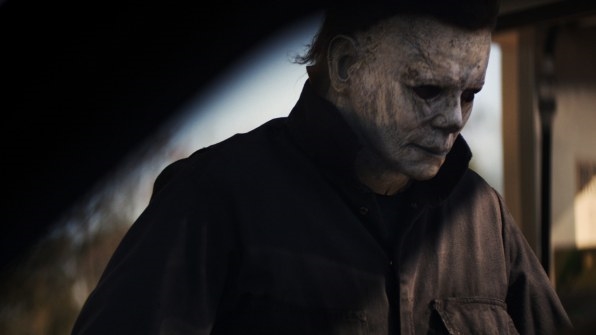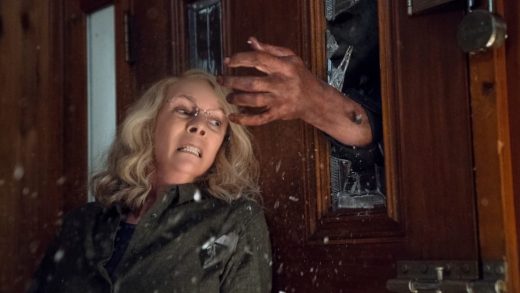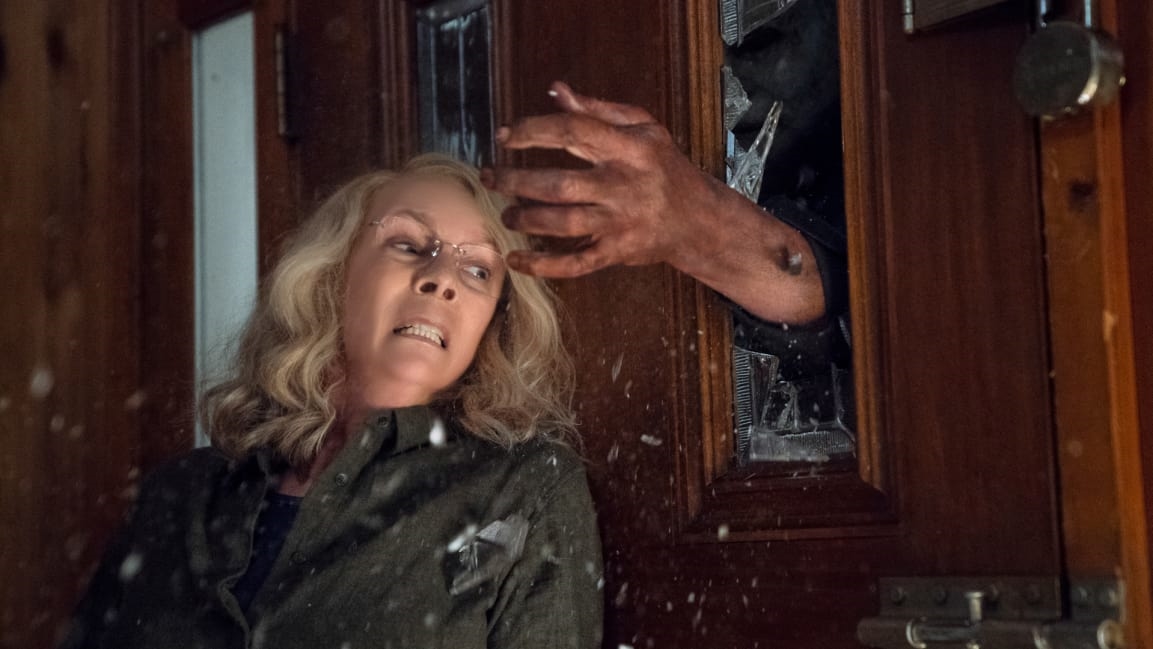Why the new Blumhouse Halloween film is a hit
The Blumhouse steamroller continues to thunder on. This weekend, the company that brought you Get Out and The Purge continues its stream of horror hits with a reboot of the classic 1978 slasher film Halloween. The film has racked up an impressive 86% on Rotten Tomatoes and is already crushing the box office, with some analysts predicting a weekend haul of $70 million.
Even if it doesn’t quite hit that target, the film is on track to outperform all of its eight–yes, eight–previous remakes, the most famous of which were the Rob Zombie-directed films. It’s also on track to be immensely profitable: In keeping with Blumhouse’s keep-’em-lean model, Halloween cost just $10 million to make. (It produced the film with Trancas International Films and Miramax.)
But besides keeping costs low and tapping into a horror franchise with a built-in fandom, Halloween, which is being released by Universal, adheres to some other savvy filmmaking rules, which help explain its success.

1. Remain true to the original
Perhaps more than any other audience, horror fans are obsessive, one might even say precious, about what they want from their gore fests, particularly those that are part of a franchise. John Carpenter’s original Halloween, which many consider a near-perfect film, set a template that none of its successors–until now–ever lived up to. The film, written by Carpenter and Debra Hill, played up the emotional drama and tension behind the inevitable showdown between Laurie Strode (Jamie Lee Curtis), a teenager living in suburban Illinois, and Michael Myers, a serial killer who has recently escaped from a sanatorium. There were scares, screams, and blood, but none of it was gratuitous. Everything was measured, including Carpenter’s iconic score.
Most of the follow-up films ignored this, playing into the cheeky, over-the-top gore trend of the 1980s and ’90s. Zombie’s films, though the most financially successful of any of the Halloween movies, were criticized for being too heavy on exposition (Myers was given a backstory) and for bringing a gritty, trailer-park sensibility to the franchise.
The new Halloween harkens back to the original film. In fact, it completely ignores any of what’s come in between it and the original, and brings back Strode—again played by Curtis—40 years after her initial showdown with Myers. Jason Blum, founder and CEO of Blumhouse, has said that he only agreed to make the film when Curtis and Carpenter agreed to be a part of it; Carpenter is an executive producer and again handled the score.
This desire to honor the original extends to the film itself, which has been applauded for its focus on storytelling as opposed to bloodbaths. As Jason Bailey recently wrote in Vulture: In the new film, Curtis brings “four decades of audience allegiance and emotional baggage to bear; by the time she finally, truly faces her bogeyman, this is no longer some slasher sequel. It’s the kind of honest examination of genuine fear that its predecessor was, all those years ago.”
2. Let auteurs help elevate the genre
Other than Zombie, it’s hard to remember who wrote or directed any of the post-Carpenter Halloween films. In part, that’s a reflection of the times. It wasn’t until recently that auteur filmmakers have started to embrace horror films on a mass scale (over the years, there have, of course, been exceptions, dating back to Rosemary’s Baby and The Exorcist), as reflected in films like Get Out, written and directed by Jordan Peele; A Quiet Place, which John Krasinski helmed; and Ari Aster’s Hereditary. Imbuing art into what has historically been considered genre fare has paid off both with critics and at the box office.
This trend continues with Halloween, which was put in the hands of Vice Principals collaborators David Gordon Green (who directed and cowrote the film) and Danny McBride and Jeff Fradley (who cowrote the screenplay). Known for their edgy sense of humor, the team has broadened the appeal of the new Halloween beyond die-hard horror lovers, and stoked curiosity for the film, along the lines of: What have they cooked up?
3. Time it right
Halloween is hitting theaters in the horror sweet spot–less than two weeks before its namesake holiday. This means audiences are in the mood to join up with friends and see a scary movie. The film also has no major threats this weekend. Its only anticipated competition among wide-release films are A Star is Born and Venom, which are heading into their third week in theaters.
All of which is to say: Michael Myers is baaaaaack. And this time, people are watching.
(18)



